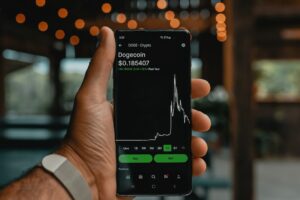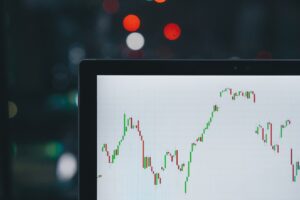Forex Trading Free Demo Account vs. Live Account: What’s the Difference?
When venturing into the world of forex trading, one of the first decisions traders must make is whether to start with a demo account or open a live account. Both options have their advantages and disadvantages, and understanding the differences between them can greatly impact a trader’s success. In this article, we will explore the key distinctions between a forex trading free demo account and a live account.
A forex trading demo account is a simulated trading environment provided by brokers to help beginners learn and practice trading without risking real money. It allows traders to familiarize themselves with the platform, test different strategies, and gain confidence before transitioning to live trading. On the other hand, a live trading account involves the use of real money, where traders can make actual trades and experience the emotions and pressures associated with real financial markets.
One of the main benefits of using a demo account is that it provides an opportunity to gain practical experience without any financial risk. Traders can learn how to execute trades, set stop-loss and take-profit levels, and understand the impact of different market conditions on their trading strategies. Furthermore, demo accounts often come pre-loaded with virtual funds, allowing traders to explore different trading styles and experiment with various financial instruments.
Another advantage of demo accounts is the ability to test different trading platforms offered by various brokers. Each platform has its own unique features, charts, and tools, and it’s crucial to find one that suits a trader’s individual needs. By using a demo account, traders can compare different platforms and decide which one they feel most comfortable using.
While demo accounts offer numerous benefits, there are certain limitations that traders should be aware of. One of the key differences between demo and live accounts is the absence of real emotions and psychological factors in demo trading. When trading with virtual funds, traders do not experience the fear, greed, and other emotions that come with real money trading. As a result, the decision-making process and risk management strategies might be different when real money is at stake.
Moreover, the execution of trades in a demo account may differ from a live account. In a demo environment, trades are often executed instantly, and there might be no slippage or requotes. However, in live trading, market conditions can fluctuate rapidly, and trades may not be executed at the exact price intended. This can impact overall profitability and the success of trading strategies.
Another critical aspect to consider is the role of emotions in live trading. Trading with real money involves a psychological component that can significantly impact decision-making. Fear and greed can lead to impulsive trading, causing traders to deviate from their well-thought-out strategies. It is crucial for traders to learn how to manage their emotions and stick to their trading plans to achieve consistent success.
Furthermore, live trading accounts offer the opportunity to benefit from potential profits. While demo accounts allow traders to practice and refine their strategies, only live accounts provide the chance to earn real money. Profits generated from live trading can be withdrawn and used for personal expenses or reinvested to grow the trading capital further.
In conclusion, both forex trading demo accounts and live accounts have their own merits and drawbacks. Demo accounts are excellent tools for beginners to learn the basics of trading, practice strategies, and familiarize themselves with trading platforms. However, they lack the psychological and emotional aspects associated with real money trading. Live accounts, on the other hand, offer the opportunity to profit from trades and experience the real market conditions but come with the risk of potential losses.
It is advisable for traders to start with a demo account to gain confidence and build a solid foundation before transitioning to live trading. As they progress and become more comfortable, traders can gradually move to live accounts, using proper risk management strategies and always keeping emotions in check. Ultimately, the decision between a demo and live account depends on a trader’s goals, risk tolerance, and individual preferences.





